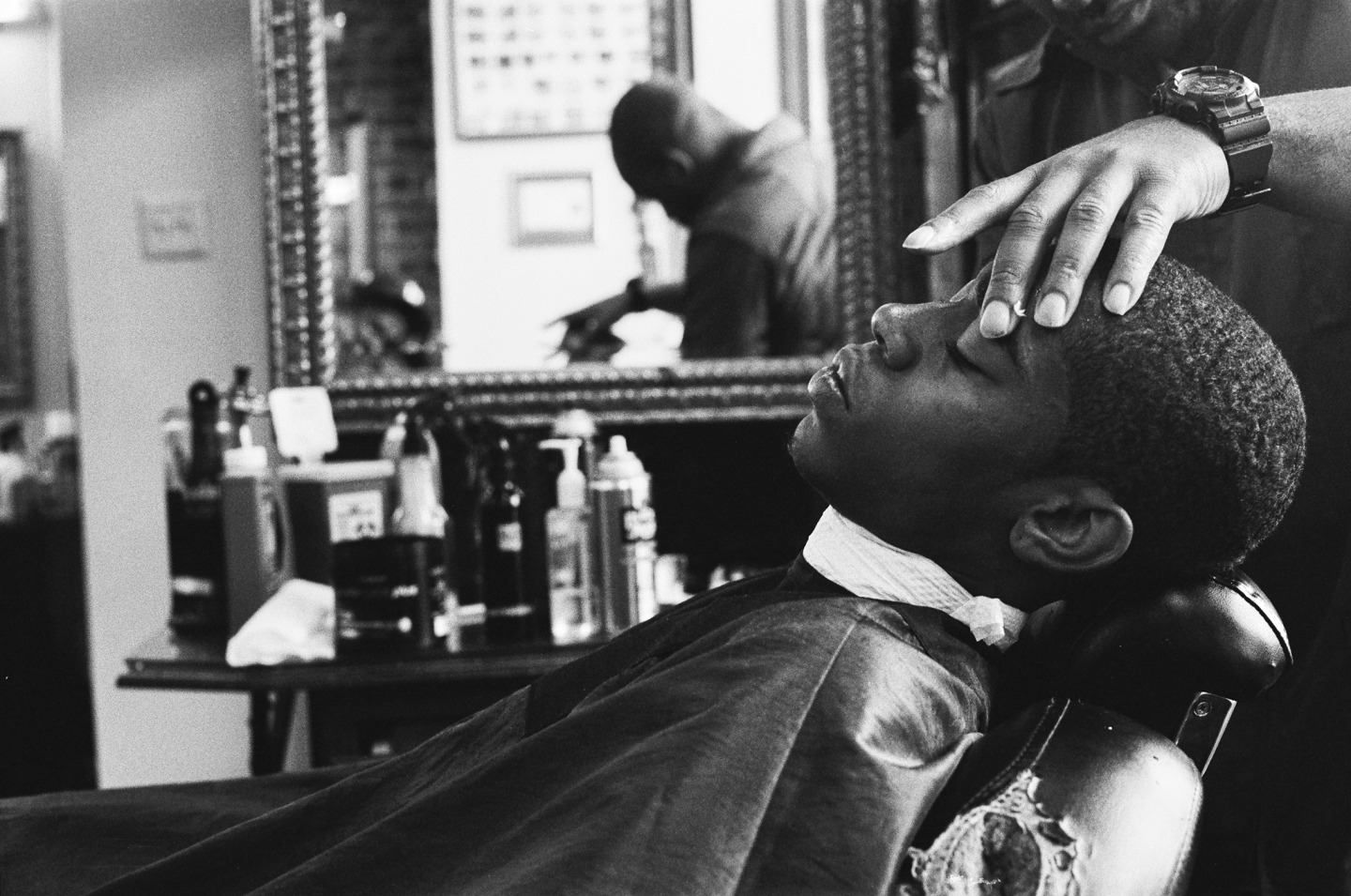While consulting a hairstylist, being able to accurately describe your desired hairstyle is essential for achieving the intended look. A thorough description enables the stylist interpret your expectation and reduces the chances of misunderstanding. To make sure that you get the haircut you want, it is important to prepare in advance and consider several critical factors when expressing your style goals. These factors include hair length, texture, design, and any specific features that you would like to incorporate.
Firstly, consider the length of your hair. Haircuts can range from very short styles like pixies to long layers that fall below the shoulders. It is helpful to specify whether you want a trim, a significant cut, or a complete transformation. Using precise terms such as "shoulder-length" or "mid-back" can provide clarity. Additionally, discussing the possibility of bangs or layers helps the stylist visualize your request more accurately. Being clear about how much length you wish to maintain or remove will significantly influence the outcome of your haircut.
Next, tress consistency plays a key function in determining how a haircut will appear. Various textures—such as sleek, rippled, ringlet-filled, or kinky—react uniquely to specific styles. When explaining your ideal cut, it is important to note your hair's natural structure and whether you intend to utilize any you could try this out styling tools or formulations. For example, if you have dense strands, you may want to ask for de-bulking methods to minimize bulkiness. Conversely, if your hair is thin, you might seek layers that add fullness. This information enables the stylist to customize the cut based on how your hair responds.

In addition to hair length and structure, sharing the general style you want can offer direction for the hair professional. There are numerous hairstyles to select, including timeless styles like bobs and modern options like angled cuts. It is helpful to provide references of looks that appeal to you—these could be images from print media or online portfolios. Highlighting specific features such as Continued soft edges, sharp lines, or graduated layers can assist in expressing your vision more clearly. This ensures that both you and your stylist are on the same page regarding desired outcome.
Lastly, don't neglect to include any unique features that might elevate your haircut. This could include factors such as face shape or personal style preferences that influence the final appearance. For instance, those with round faces might prefer gentle contours to elongate their appearance, while clients with angular face shapes may choose softer layers to diminish their jawline. Furthermore, talking about color options can also be part of this conversation; noting if you want highlights or a solid color can better shape your desired result.
In conclusion, successfully communicating your ideal haircut requires careful consideration of several important factors: hair length, hair type, look, and distinct traits. By planning in ahead of time and being specific about these elements, clients can significantly improve their visit at the salon and boost the likelihood of leaving with a result they are happy with. A productive consultation with a stylist is founded upon open dialogue and mutual understanding. This team effort guarantees that both client and technician collaborate towards achieving the desired outcome.